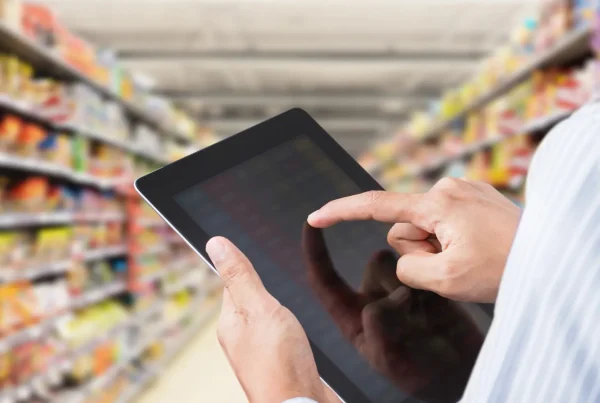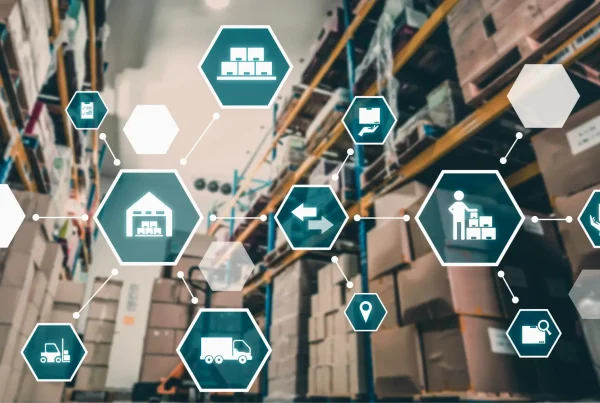The last 2 years have been nothing short of a rollercoaster ride for businesses and consumers alike. With multiple cycles of change affecting daily decisions about commuting, holiday gatherings, gifting, travel, and leisure. There are lessons to be learned for every business to keep up with the pace of change, and to deploy pricing strategically to maintain profitability.
While conditions have been uncertain for most businesses, the challenges and opportunities for Retailers, in particular, have been unique. Key trends that will shape up decisions and strategies for 2022 and beyond will also have a huge impact on Pricing and Promotions decisions –
Supply chain issues easing up over 2022
Supply chain kinks are expected to smooth out by the mid to late part of the year, increasing inventory levels and pressure on profitability.
Omicron wave at its peak
we are past the Omicron peak, but there will be continued COVID effects on store traffic and mobility for 2022.
Rising inflation going into 2022
Impact of rising inflation and costs will impact Retailers significantly. Different strategies ranging from lowering promotions to increasing prices are being considered and evaluated.
No more EIPs and Tax reliefs
The Federal Government will likely not make further Economic Impact Payments or extend tax relief into 2022 resulting in less cash in the hands of consumers. Unlike 2021, that will result in slower traffic, or more promotions required to maintain sales volumes.
Any and every pricing gain directly flows to the bottom-line making a pro-active and agile pricing strategy indispensable for maintaining and improving profitability in the coming quarters. To navigate uncertainty while ensuring higher profitability, the team at Impact Analytics suggests four key action items for the Pricing and Merchandising teams across retailers.
Frequent updates to forecasts and pricing decisions
With the external environment being as dynamic and uncertain as ever, it is imperative to revise and update forecasts frequently. Usually, most retailers are limited by their operations & legacy systems to frequently update forecasts and execute decisions against those forecasts. A combination of automation and ML/AI-based forecasting could help capture early signals for course correction.
Food for thought-Automated forecasting every week could save up to 7000 work-hours every year for a 100 store-10,000 styles retail chain compared to manual updates on excel sheets!
Track the KVCs/KVIs for best pricing
Identifying and tracking the Key Value Categories & Key Value Items has become very critical. Since the on-set of COVID-19, there has been a paradigm shift in the consumer preferences (Table below) –
| Category | Pre-COVID KVC/KVI | Post-COVID KVC/KVI |
|---|---|---|
| Bottom-wear apparel | Trousers/Pants | Joggers/Loungers |
| Grocery/Convenience | Milk, Eggs, Bread, Cereals | Added Hand sanitizers and wipes |
| Sporting Goods | Team sports – Baseball, Basketball, etc | Weights, Bikes |
| Office Supplies | Paper/Pens, Snacks/Beverages | Furniture, Desk lamps |
With an ability to identify, track and update pricing strategy for the KVCs and KVIs retailers can ensure a consistent traffic flow that would translate into better sales & margins.
Food for thought-About 5% of the SKUs can be classified as KVIs for most retailers. With changing customer requirements, KVIs might change with the season in most categories.
Understand price and promotions elasticity better
Retailers should understand the elasticity behavior of the styles/collections over different seasons and geographies to make optimum pricing decisions. With changing inflation, and therefore cash in the hand of customers, a significant change in elasticity can be expected.
Food for thought -Typically 15%-20% of the assortment would tend to be inelastic to price over different seasons. Just a 5% higher price on the inelastic assortment would translate into a 1% overall AUR improvement and all that would flow to the bottom line directly.
Optimize for the lifecycle of products and not for a point-in-time
With challenges of supply chain and product availability, retailers should aim to build and track a life-cycle view of products rather than just plan for an upcoming week or event. Lifecycle optimization would enable retailers to strike the balance between sell-through and gross margin dollars on a more consistent basis.
Food for thought-Store labor & associated costs could reduce with a lifecycle optimization approach to add a 1-2% reduction in store labor costs compared to more frequent, point-in-time weekly adjustments.
All things considered, a phase-wise move towards an automated and retail lifecycle-based pricing approach could help drive significant savings. Solutions aiming to automate the forecasting and optimization of pricing can help create an agile pricing strategy to adapt to the changing market dynamics.





